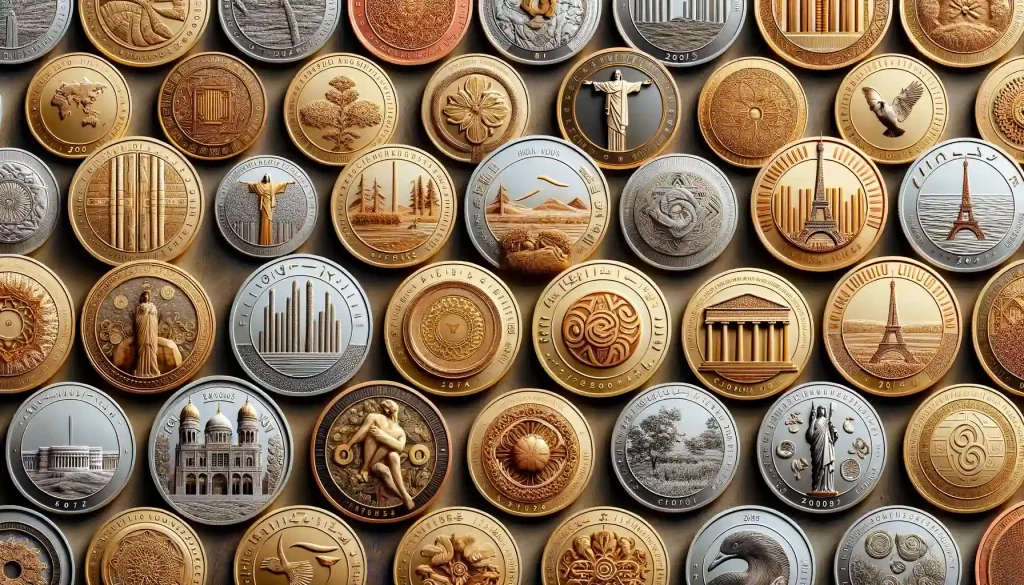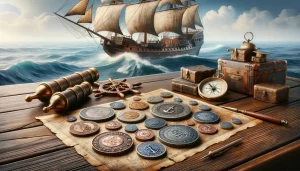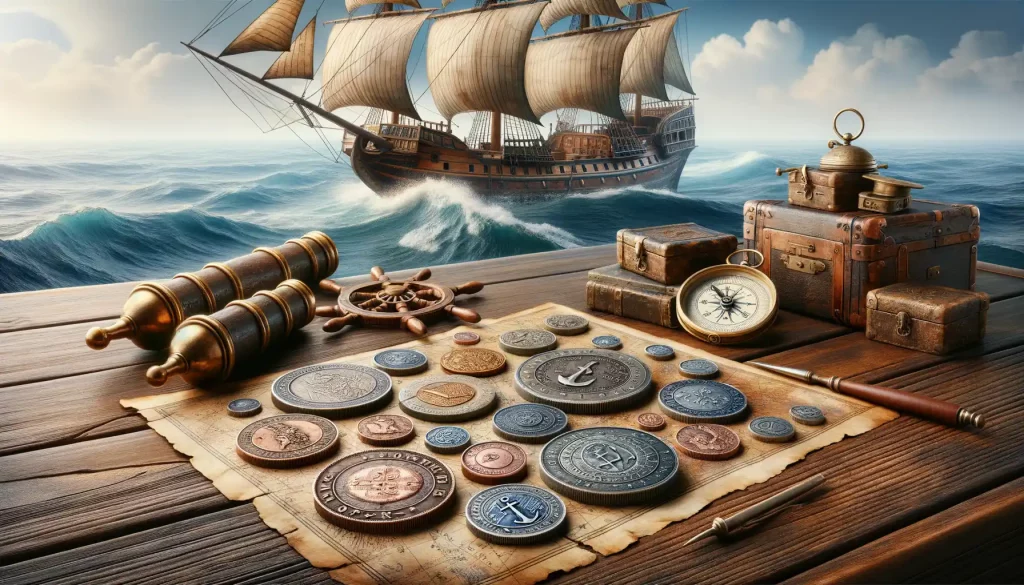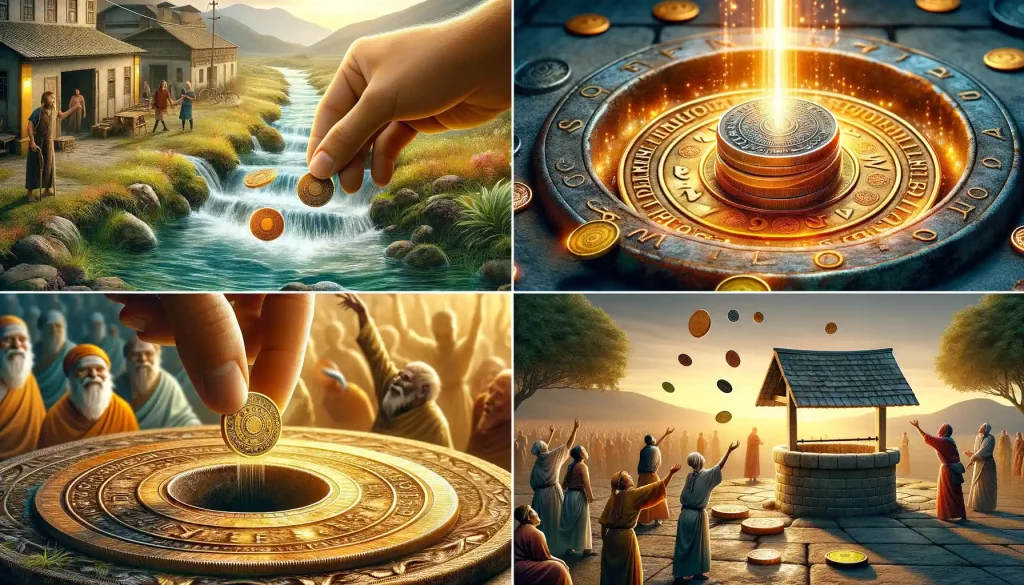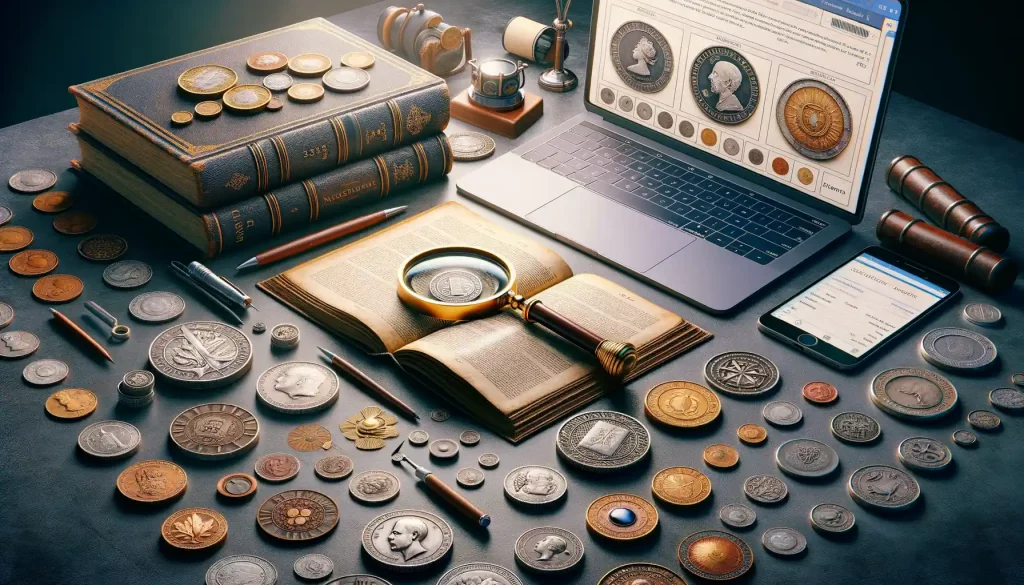Historical Importance of Coin Inscriptions and Symbols
Whispers of the Past: Messages Beneath Metal
Have you ever held an ancient coin in your hand and wondered who last touched it centuries ago? The inscriptions and symbols on coins are like tiny time capsules, capturing stories that would otherwise fade into silence. These modest pieces of metal have acted as messengers across generations, preserving everything from a ruler’s greatness to a society’s shared beliefs.
Consider the denarius of Ancient Rome. Its inscriptions proclaimed the power of emperors like Augustus, while symbols such as eagles or laurel wreaths hinted at aspirations of divinity and conquest. Or take the coins of medieval Islamic caliphates, often inscribed with intricate calligraphy and verses from the Quran – tangible reminders of faith in daily life.
A closer look reveals just how much these details mattered. Some coins even carried dates or locations, offering historians clues to pinpoint past events. Others marked cultural shifts, like the transition from pagan to Christian empires.
- Trade routes: Coins traveled further than people, spreading ideas and icons to foreign lands.
- Revolutions: New rulers minted coins to announce their rise – think of them as medieval press releases!
Every line, every mark carved into these small discs tells a story. They’re more than currency; they’re artifacts that let us peek into the minds and ambitions of those long gone.
Cultural Representations on Coins
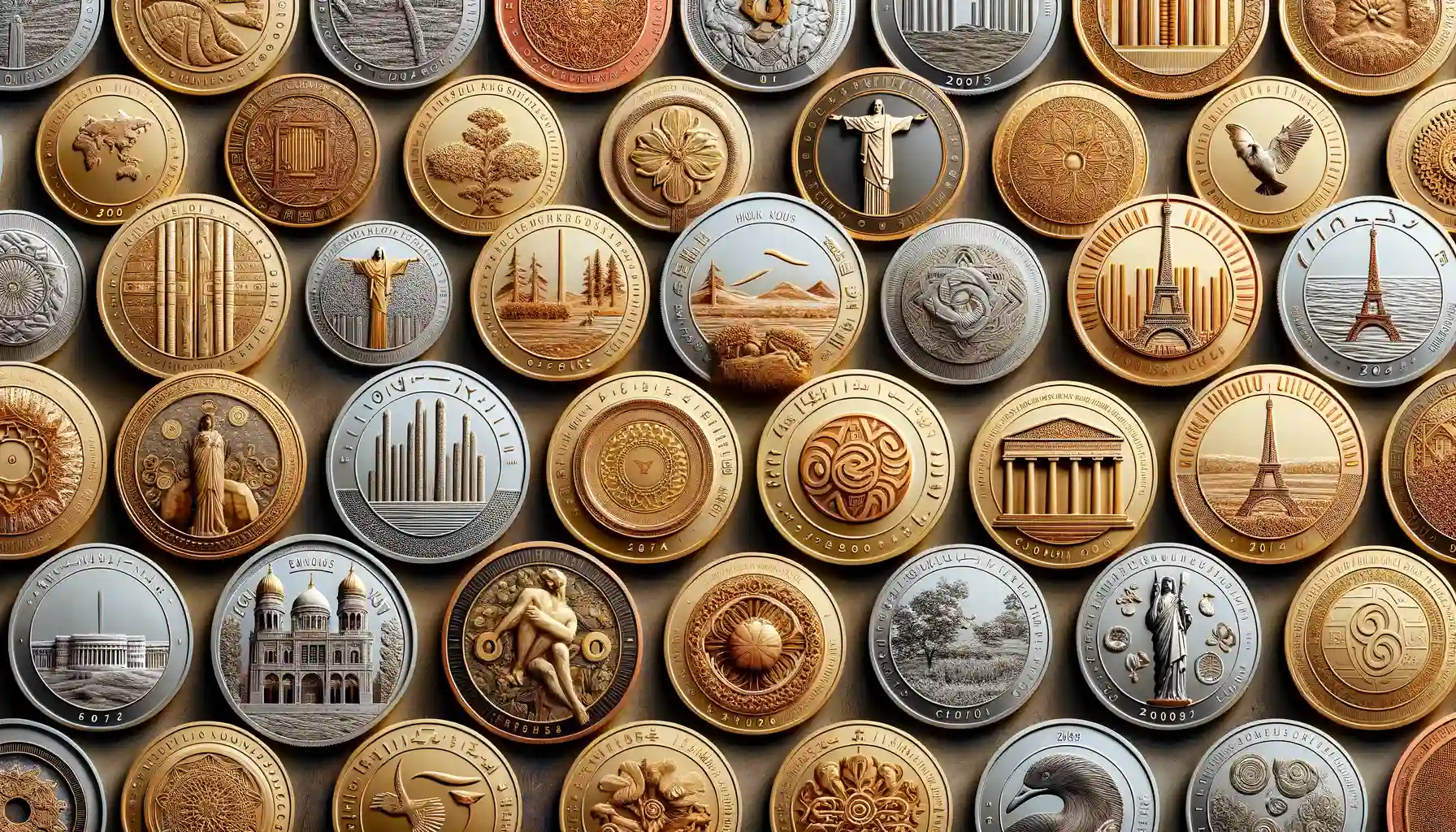
Coins as Windows into Cultural Identity
Ever held a coin and thought, “What story is this tiny circle of metal trying to tell me?” Coins are far more than currency—they’re cultural time capsules that preserve the essence of an era. Across centuries and continents, civilizations have poured their identity onto coins, transforming them into miniature works of art.
Take ancient Greece, for instance. Their coins often featured gods like Athena or Zeus, showcasing their reverence for mythology. Leap forward to medieval Europe, and you’ll find intricate heraldry and symbols of royal power. It’s as if each coin whispered, “This is who we are; this is what matters to us.”
- The Japanese yen embraces nature with cherry blossoms and cranes.
- India’s rupee features Gandhi, a symbol of peace and independence.
- And the euro? It celebrates European unity with shared designs across borders.
Imagine the pride of a society stamping its values, dreams, and heroes into something as everyday as a coin. Whether it’s a pharaoh’s profile on an ancient Egyptian piece or a modern Canadian dollar engraved with a loon, coins tell tales only the observant will catch.
Symbols That Speak Across Time
Coins aren’t just about rulers and power—they’re snapshots of how a culture sees itself. The Aztecs engraved eagles devouring snakes, a fierce emblem of their genesis myth. Meanwhile, the Islamic world used elegant Arabic calligraphy instead of human figures, honoring religious beliefs.
Even today, this tradition thrives. The U.S. quarter’s rotating designs frequently honor national parks, while Australia’s coins celebrate indigenous heritage with images like the kangaroo and the emu. A fiery passion for history, environment, and identity feels etched into each design—coins quietly speak when you listen close enough.
Political Messages Encoded in Coinage
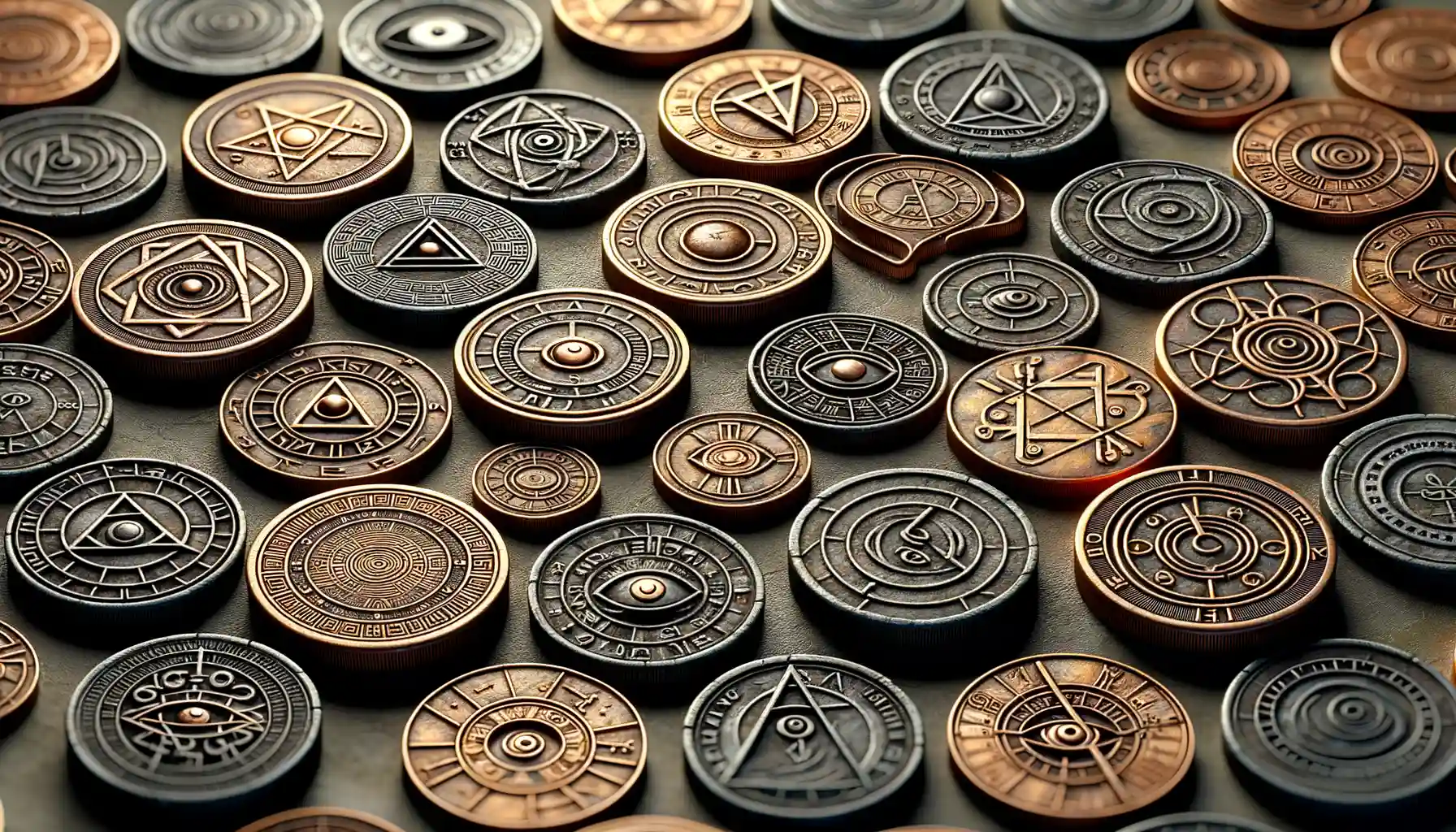
The Hidden Agendas Behind Ancient Coin Designs
Coins have always been more than just currency. In many ways, they acted as political billboards, circulating messages of power, unity, and ambition. Imagine a small silver piece slipping through thousands of hands—not just paying for goods, but whispering a ruler’s vision to an entire empire. It’s subtle, brilliant, and so very human.
Take the Roman Empire, for example. The ambitious Augustus minted coins bearing his youthful face alongside the words “Divi Filius”, meaning “Son of a Divine.” This wasn’t just bragging—it was strategic. By linking himself to the divine, he subtly bolstered his legitimacy. Talk about advertising with a godly twist!
- Athens: Their iconic owl design symbolized wisdom and strength, aligning perfectly with their identity as a city of intellect and power.
- Napoleon Bonaparte: His coinage often featured laurel wreaths—a nod to victory and conquest, reminding everyone of his military prowess.
What makes this so fascinating is how these coins became tools for shaping perception. They told stories, celebrated victories, and even masked insecurities. The next time you look at an ancient coin, don’t just see metal. See propaganda. See history unfolding in your palm.
Religious Symbolism in Coin Designs
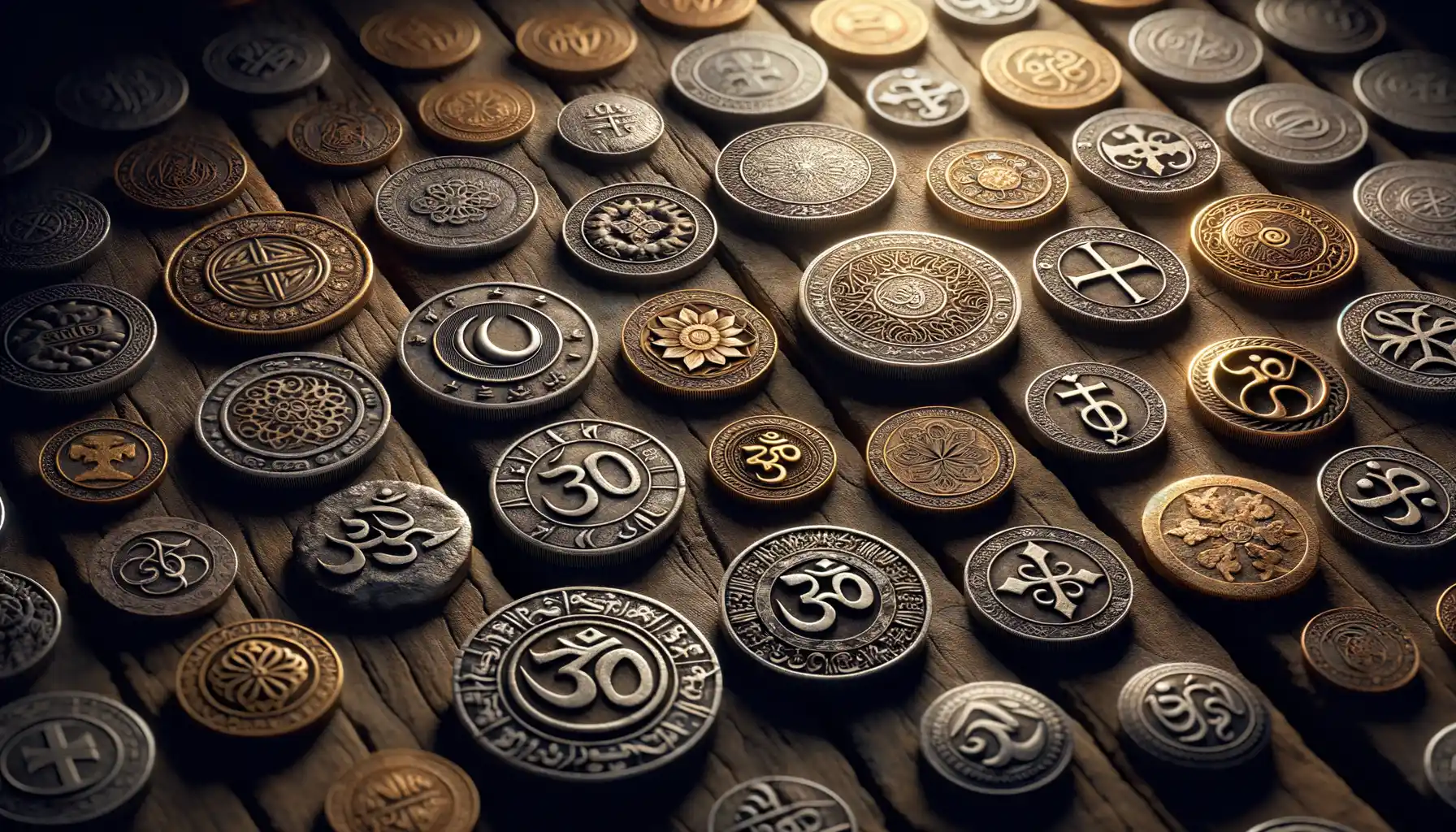
Divine Stories Etched in Metal
Coins are more than just currency—they’re tiny, gleaming storytellers. Across centuries, they’ve carried the weight of belief, serving as vessels for religious devotion and cultural faith. Picture holding a coin from ancient Greece, where Zeus or Athena gazes back at you. These weren’t just pretty designs; they were symbols of protection, power, and purpose.
Religious motifs on coins often functioned as miniature blessings. For instance:
- In the Byzantine Empire, Christ Pantocrator appeared frequently, ensuring divine authority was never far from one’s pocket.
- Hindu coinage under the Gupta dynasty reflected intricate depictions of gods like Lakshmi, symbolizing prosperity.
- The Islamic dinars bore reverent inscriptions of Quranic verses, eschewing images yet exuding spiritual strength.
Coins weren’t just minted—they were imbued with meaning by the hands and hearts that crafted them.
Faith in the Palm of Your Hand
Can you imagine the quiet assurance someone might’ve felt carrying a coin adorned with St. George slaying the dragon? It wasn’t just money—it was a talisman. Even today, collectors marvel at the spiritual depth of these small relics. A Victorian-era penny with a cross engraved? That speaks volumes about its creator’s devotion and the times they lived in.
These coins whispered prayers, proclaimed faith, and sometimes even served as subtle defiance against oppression. Whether pagan gods, Christian icons, or Islamic calligraphy, each coin humbly carries its divine message forward, through time, into our curious hands.
Modern Interpretations and Collectors’ Perspectives

Rediscovering History Through Modern Eyes
For today’s collectors and historians, coins are not just remnants of the past—they’re miniature time machines. They whisper stories of ancient empires and long-lost cultures, offering stunning insights when interpreted through modern lenses. Imagine holding a coin minted centuries ago: the texture under your fingers connects you to people who lived lives far removed from yours yet eerily similar in their ambitions, struggles, and dreams.
One coin may carry an intricate motif of a laurel wreath, symbolizing victory in ancient Rome, while another might display an intriguing abbreviation that leaves numismatists debating its true meaning for years. It’s these unsolved mysteries that ignite passion among collectors. The thrill lies not just in owning it but in attempting to decode what those designs and inscriptions meant to the people of that era.
- A symbol once signifying wealth might now evoke a nation’s artistic evolution.
- An inscription in a forgotten script could spark heated discussions about its political subtext.
The Collector’s Emotional Connection
For collectors, each coin is more than metal—it’s an emblem of personal discovery. Perhaps a certain 18th-century penny reminds someone of sifting through dusty attics with their grandfather. Or maybe a rare Greek drachma becomes a centerpiece, not just for its monetary value but for the awe it inspires in guests.
This emotional connection is what makes collecting so compelling. Coins tell layered, tangible tales, engaging both the analytical mind and the sentimental heart. For some, they represent a challenge—a puzzle begging for decipherment. For others, they’re transportive objects, pulling them into worlds they can only imagine. Every piece has a role, a chapter written in silver, gold, or copper alloy.

